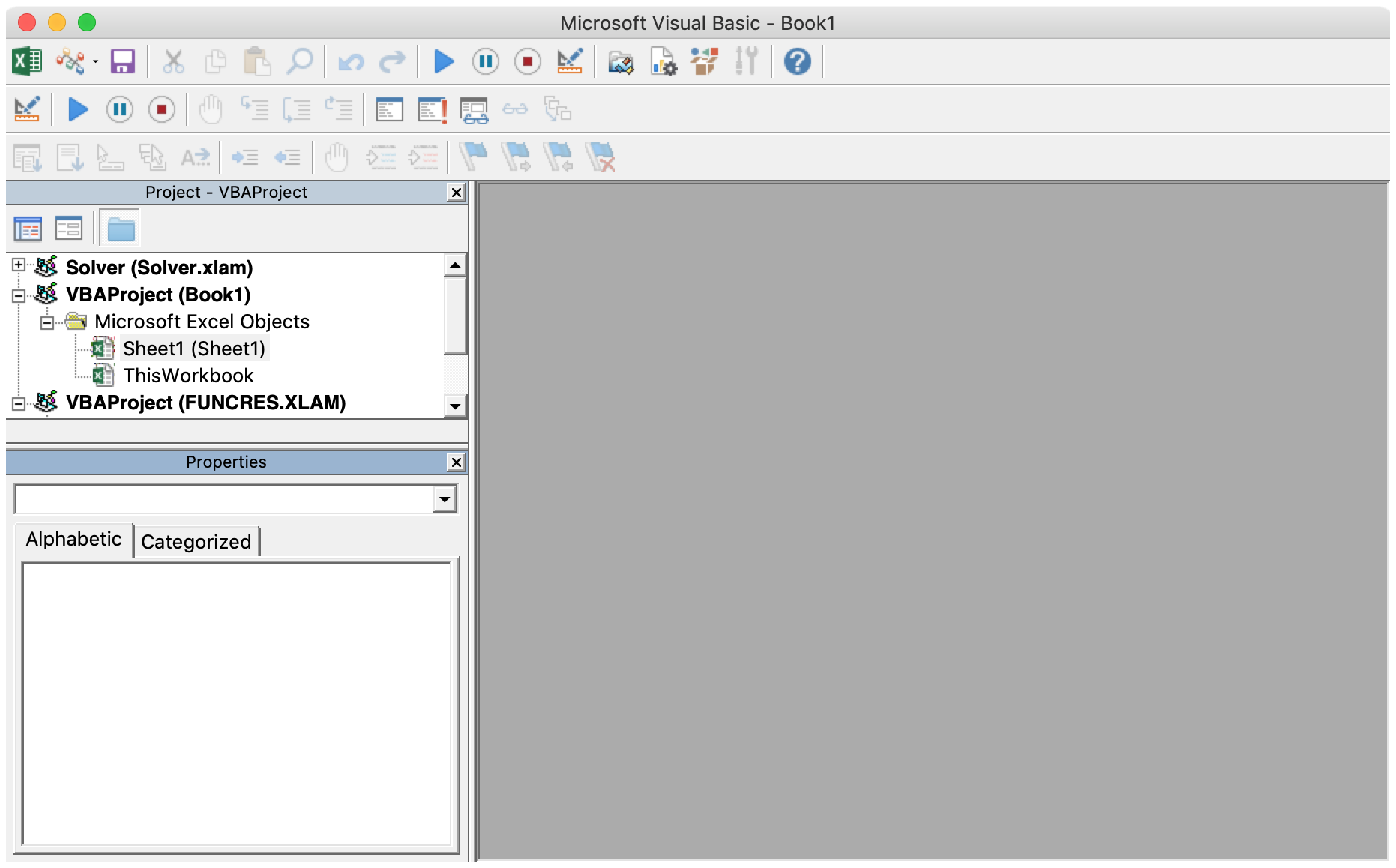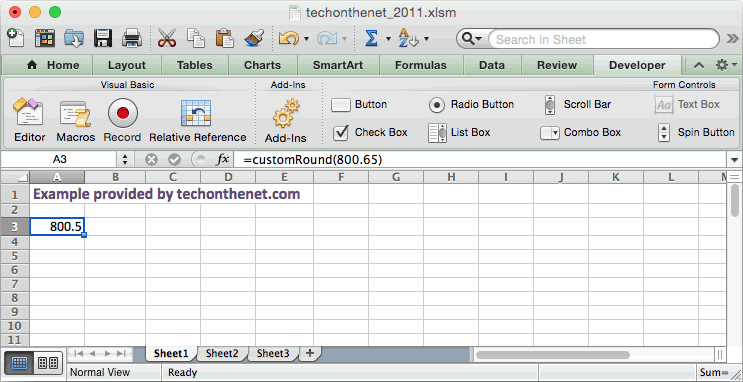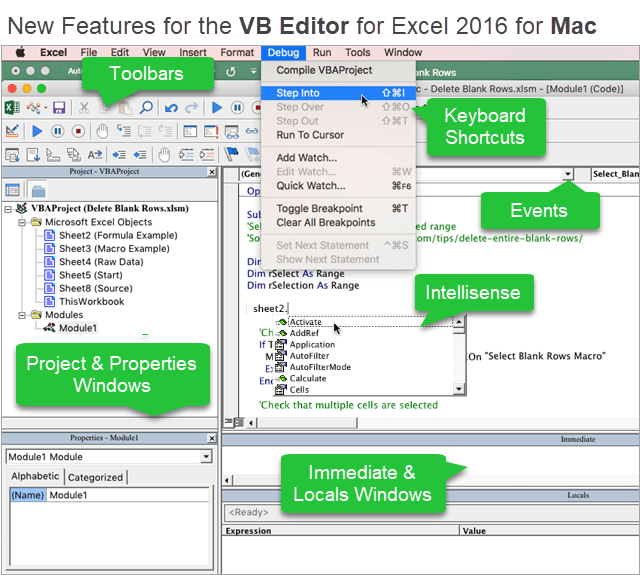

- #Open two instances of vba on mac upgrade
- #Open two instances of vba on mac windows 8
- #Open two instances of vba on mac free
- #Open two instances of vba on mac windows
If you have any questions, feel free to comment.
#Open two instances of vba on mac upgrade
It might also be a good reason to upgrade to a newer version of Office if you’ve been holding out.
#Open two instances of vba on mac windows
Luckily, I’ve already written about how you can split your screen in Windows XP, 7 and 8 and about the new split screen and snap features in Windows 10.Īgain, you don’t need to worry about any of this if you are using Office 2013 or Office 2016 because they no longer open multiple workbooks in a single instance of Excel. Now that you have your workbooks open in different instances of Excel, you can snap them to different parts of the screen. Those are pretty much all the ways I could find for opening multiple instances of Excel. Now just type in the word excel into the run box and click OK. Just click on Start, type in Run and press Enter. Please follow the below given properties. Set the properties of all the controls available in this form. To insert the form, just click on Insert Menu then click on user Form. If Excel is missing from your desktop, Start Menu and taskbar, then you can still open a new instance of Excel by using the Run command. Let us insert a user form to design Login Window. It’s also worth noting that you can simply right-click on the Excel icon in the taskbar too and then click on Excel 20xx and it’ll open a new instance.

If you didn’t already know, the scroll button can also be clicked like a button on pretty much every mouse. If you are using a mouse with a middle button or clickable scroll button, you can also just click that button to get a new instance without having to hold down any key. Once there, you can hold down SHIFT and then click on the icon. All you need to do is open one instance of Excel so that it shows up in the taskbar. Note that you don’t have actually have the Excel icon pinned to your taskbar. If you already have one instance of Excel open and the Excel icon is on your Windows taskbar, you can just press and hold the SHIFT key and then click on the taskbar icon and it’ll open another instance. If the Excel icon doesn’t show up in the list of most used apps, you can just go to All Programs or All Apps and open it from there.
#Open two instances of vba on mac windows 8
Note that this will work in Windows 7, Windows 8 and Windows 10. This will open a new instance of Excel automatically. The first way to get around this is to simply open the Start Menu and then click on the Excel shortcut. Using either of these two methods will result in the spreadsheets opening in a single instance of Excel. Normally, you open Excel spreadsheets by either double-clicking on them in Explorer or by navigating to them from inside Excel. In this article, I’ll mention the different ways you can get Excel to open different workbooks in different instances. I try my best to help everyone out, but sometimes I don't have time to fit everyone's questions in (there never seem to be quite enough hours in the day!).Only with Office 2010 and earlier do you have the single Excel instance issue. I can guarantee 9 times out of 10, one of my strategies will get you the answer(s) you are needing faster than it will take me to get back to you with a possible solution.

I highly recommend that you check this guide out before asking me or anyone else in the comments section to solve your specific problem. That's why I want to share with you: My Guide to Getting the Solution to your Problems FAST! In this article, I explain the best strategies I have come up with over the years to getting quick answers to complex problems in Excel, PowerPoint, VBA, you name it! We all have different situations and it's impossible to account for every particular need one might have. How Do I Modify This To Fit My Specific Needs?Ĭhances are this post did not give you the exact answer you were looking for. 'PURPOSE: Highlight all cells containing a specified values MsgBox "No values were found in this worksheet" If FoundCell.Address = FirstFound Then Exit Do 'Test to see if cycled through to first found cell Set FoundCell = myRange.FindNext(after:=FoundCell) 'Loop until cycled through all unique finds Set FoundCell = myRange.Find(what:=fnd, after:=LastCell) 'What value do you want to find (must be in string form)? 'SOURCE: Dim fnd As String, FirstFound As String 'PURPOSE: Find all cells containing a specified values


 0 kommentar(er)
0 kommentar(er)
